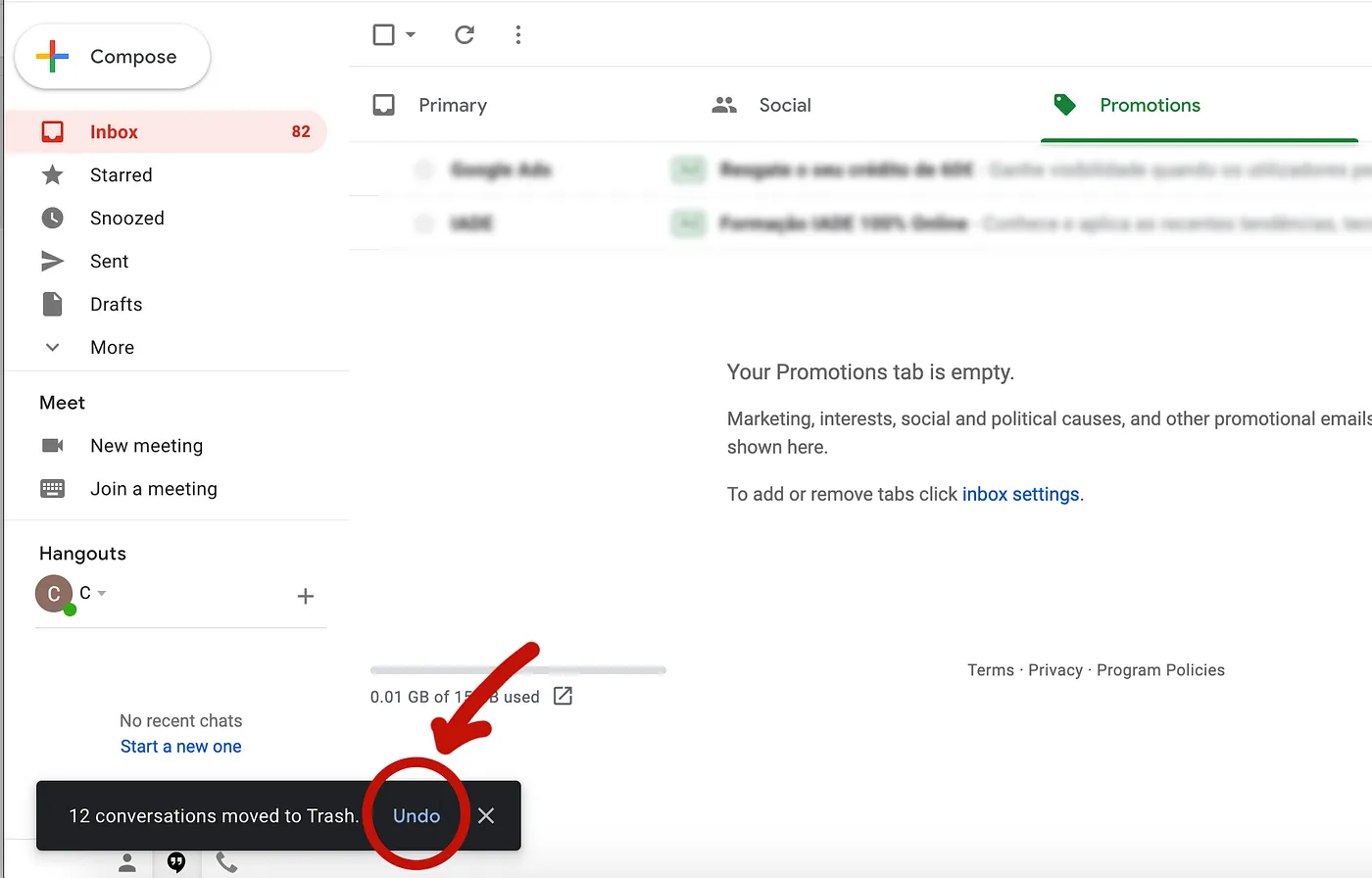A lot of new products and services are released frequently. Many of them have the same purpose. Some succeed and grow, others fail. There is an important detail that helps them shine more than others: The level of tolerance for customers’ errors.
Although “support user’s mistakes” is a common item in UI design principles lists, it’s not uncommon to notice companies ignoring it.
Considering that mistakes happen is as important as creating processes to accomplish a task itself.
For new, old, frequent, or sporadic users, this is essential.
It’s not clever to invest money and time in a project leaving aside this golden rule.
I’m sure you felt thankful when you received tolerance
When we regret something we said, it’s great that people understand our apologies and accept that we changed our minds.
When a store accepts returns for items we’ve purchased, it provides us with an opportunity to reassess our decision if we realize that it wasn’t a sound investment. This flexibility allows us to step back if our perspective or needs have changed.
See? It’s part of life offering people the option to think differently and recur. And we will always feel grateful for that.
I know that life itself doesn’t have a Control + Z, but we, people, can offer others the chance to make things easier.
What we offer to our customers should align with the principles and values that guide our interactions with everyone we engage with.
I'm sure you felt totally frustrated when some mistake you made couldn’t be erased
On the other hand, imagine that you were walking into the living room of a friend’s house and accidentally you hit a glass ornament. It broke all over when it hit the ground. There is nothing you can do to erase this error. (Of course, you can buy a new one, but it’s not the point here)
I know, I don’t understand why people opt for decoration so easy to break as well, but the fact is when the damage is done, and there is nothing else to do to repair it, it’s totally frustrating.
Transposing this scenario to a familiar example such as a picture gallery, imagine the potential confusion of accidentally moving 100 photos to another folder, mistakenly believing it to be a simple action, only to realize they were inadvertently deleted with no option to undo the action.
While it’s not possible to avoid that glass will break hitting hard against a surface, it’s totally possible to design an application where a decisive action has the option to be undone.
Gmail treats the user well
Although sending emails to the trash is not definitive and it’s possible to recover it, Gmail shows an option to undo the act in case we did it by mistake.

But, deleting emails from the trash is definitive, so Gmail asks to confirm if the user is sure to delete all conversations in the trash when the “Empty Trash” option is selected. It permits that any mistake committed has a second chance to be fixed.

Lack of empathy ruins people’s lives on different levels
Once, I worked on a redesign of a SaaS platform to manage offices wherewith the research I conducted, I learned that the users, who were office employees, were developing bad feelings like frustration, low self-esteem, and fear to working in using a non-friendly software that mistakes could bring a lot of problems without tolerance.
They were obligated to use it because the product was a work tool, so they could not stop using it. It was influencing their personal life since the bad feelings started being incorporated into their personalities.
Don Norman defines user errors in 2 categories
Don Norman says that there are two categories of user errors: Slips and mistakes.
When slips occur
Slips normally happen when the person is acting automatically and it can cause distraction. Also, another reason is, as the name says, users accidentally slip the wrong way.
It’s very common to happen with experienced users since they think they have mastered it, so their attention is not so focused on what they are doing anymore.
When mistakes occur
It happens when the user interprets incorrectly what needs to be done and defines a wrong goal to accomplish.
Page Laubheimer mentions an interesting observation verified during user testing with children conducted on Nielsen and Norman group. A lot of games for kids start with a short video, it can be a tutorial or advertising, and the users are used to that. But if the video is very similar to the proper game, children won’t get that it is only a video and will try to interact with them.
They will be misled and commit mistakes because the interface didn’t act as the user expected.
And the user has expectations based on previous experiences registered on their long-term memory.
For both error types, of course, a design should guide the users correctly and work with familiar elements and processes to prevent them from happening. But if this type of error occurs (and it will), the user will need to be alerted or have a way to solve it.
Be inspired by 5 common solutions used on the web to deal with errors
1. Permit the user to returns

2. Confirmation before taking a decisive action

3. Undo what was done

4. Remember what the user may forget

5. Be friendly and give suggestions

Conclusion
Good design prevents human errors. Always.
During the step of defining user journeys, the processes to give a chance to undo decisive acts or alert about the lack of possibility to undo a task have to be considered and defined as important, not only as some additional part.
The fact is that there are a bunch of similar products and services out there. What will make a competitor better than the other is the quality level of what is delivered. And the level of human compassion on it makes the whole difference.
Better take more time, and increase the project’s cost a bit more to have a satisfactory end result instead of having more of the same with blocks not supporting people’s mistakes and slips that will bring headaches to the end-users during their daily.
By Cíntia Antunes
Source:
Preventing User Errors: Avoiding Unconscious Slips
Preventing User Errors: Avoiding Conscious Mistakes
Memory: either you work with it or it will destroy your design
Originally published on Medium
Related Posts
September 7, 2021
Memory: Either Work With It, or It Will Destroy Your Design
Understanding how customers use their memory to operate tools is essential.

